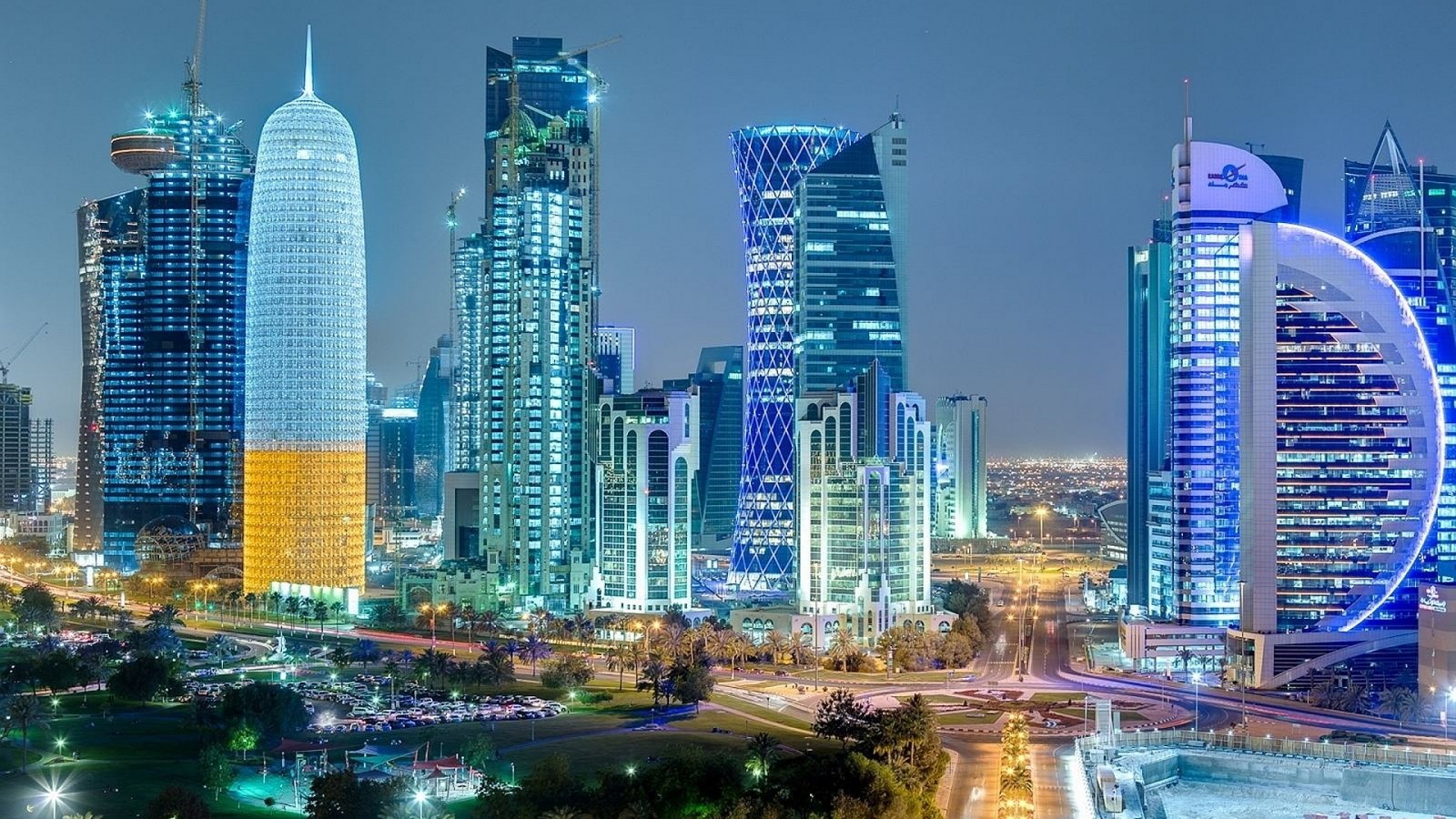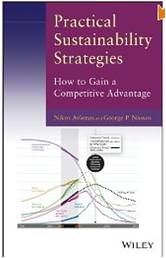On the 22-24 of May, CSE attended the Sustainability Leadership event of 2013, the Global Conference on sustainability and Reporting in Amsterdam! At the conference the new global guidelines for Sustainability Reporting, namely GRI G4 were launched followed by 1500 leaders and practitioners discussing key challenges and opportunities in making sustainability practical reality! Being at the G4 launch and having the opportunity to interact with the GRI managers and its interpretation for the new guidelines but also talking with other GRI Training partners from North America, Europe and Middle East we came into the following practical Q&A(s) :
Positive Changes
Q(1): Why do companies need the G4?
A(1): Last year (2012) the GRI became the leading framework for global reporting for the majority of companies wishing to disclose annually their Sustainability performance. Consequently, a sustainability report should be a powerful stakeholder tool supporting companies to communicate their sustainability achievements visions, policies and achievements based on the structured global framework of GRI Guidelines.
As a result, disclosure based on GRI Reporting Guidelines is becoming a must for most organizations operating globally. Even Bloomberg has included GRI and External Assurance as one of the ESG Risk criteria whilst providing information to investors. However the time and resources required gathering data and preparing a Sustainability Report is still a complex process for GRI users and many organizations are still pondering over the value they get from this process.
Q(2): Why are application levels replaced by core and comprehensive ‘’ in accordance’’ criteria?
A(2): Current application levels (A, B and C) have been replaced with ‘in accordance’ criteria for core or comprehensive GRI compliance. Frankly? it was time to solve this issue with the A, B, C application level confusion, hence, ‘In accordance’ criteria are more strict and you cannot use the terms partial or no compliance to any of required criteria in the GRI Index for core or comprehensive Sustainability Reporting any more. At the same time companies should disclose their performance in all or some criteria if they consider them material related to its business.
Q(3): what are the impacts on companies about the change in disclosure on Management Approach (DMA)?
A(3): G4 requires disclosure on Management Approach (DMA) information in any Category, Aspect or even Indicator level. Hence, companies should spend resources in Stakeholder Materiality Assessment based on the new DMA approach in order to disclose Sustainability data directly related to key impact areas related to its stakeholders. This may bring a reduction and flexibility in the Sustainability Reporting content but also a good understanding for all companies for its material related key impacts and being able to improve their sustainability Strategy
Q(4): is the G4 demanding more governance and remuneration , Supply Chain and GHG emissions disclosure?
A(4): G4 requires more disclosure around governance and remuneration, supply chain sustainability ,ethics and integrity, GHG emissions scope 1,2 and 3 . The impact on companies is that GRI’s greater attention on responsibility in all above mentioned issues could be a useful wake-up call for Boards of Directors and Company Executives. Additionally the inclusion of all these topics in the Sustainability Report will probably facilitate better sustainability integration top down to reporting companies and may force some to include all the new ‘’hot sustainability topics’’ in their business strategy.
Q(5). Is more in depth External Assurance suggested for the G4?
Indeed, the G4 pushes organizations to consider more the importance of external assurance than the G3.1.Although G4 does not require external assurance as its previous version G3.1, it appears that there is more emphasis for detailed external assurance for all criteria covered by GRI. Nonetheless, at the end of the Report in the GRI Index a table should indicate all areas got external assurance by a third party organization.GRI still remains flexible to external assurance, however, it requires more in depth assurance for all companies deciding to do so.
It is important to be mentioned that GRI has not decided yet if they will continue providing a third party assessment check to all guideline users.
Regarding the gaps of GRI guidelines our conclusions suggest that:
1. The G4 seems to still be non user friendly and complex for Sustainability Reporting beginners. Thus, GRI should create a simplified version of the guidelines for those want to move on into Sustainability Reporting
2. G4 does not provide more detailed information or refer to widely used guidelines for external assurance like AA1000 and other guidelines. Therefore, even if the original objectives of G4 were to make it more compatible with other guidelines there is no specific guidance or reference to other Standards as it should be.
3. G4 terminology is still complex and different professionals may have different interpretation of criteria and approach. We most certainly feel that GRI should provide a Q & A guide for all Sustainability Professionals in order to avoid confusion to its audience
Conclusions
Nonetheless, we would like to emphasize that the G4 is a great opportunity for companies to rethink reporting processes and how to integrate Sustainability within their business Strategy. In the upcoming months you will undoubtedly hear many different interpretations of the G4 guidelines; however, it does seem that the G4 can be a way forward for Sustainability Reporting with new criteria including accountability, supply chain management and ethics in a more flexible manner regarding key impact areas in meeting stakeholder expectations, but it requires more detailed disclosure in all criteria.
If you would like to be one of the first to learn more about the developments and the practical application of the G4 Framework and its impact to your business , join CSE round table held in Dubai after the Certified Sustainability (CSR) Practitioner Training on the 19-20 of June, or in New York also to be delivered after the Certified Sustainability (CSR) Practitioner Training, 13-14 of June





